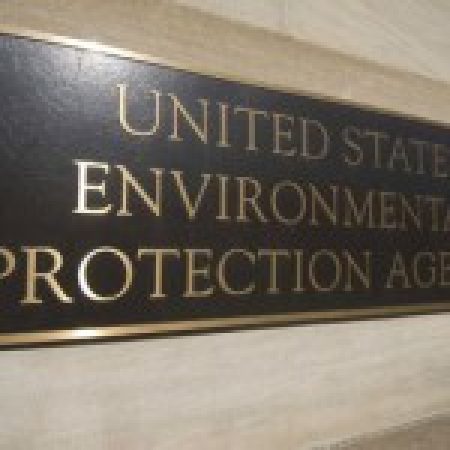The attacks keep coming. The Iowa Farm Bureau, in its press release on EPA’s new WOTUS rule, says, “This rule and the definitions laid out in this rule suggest expansion, not contraction or clarity.” The Illinois Farm Bureau president claims EPA’s new Clean Water Act Rule “…will create a flood of unnecessary enforcement actions…” The National Cattlemen’s Beef Association claimed the EPA rule will “…unilaterally strip private property rights and adds hundreds of thousands of stream miles and acres of land to federal jurisdiction.”
EPA’s Administrator, Gina McCarthy, declares “It [WOTUS] doesn’t touch land use or private property rights. The Clean Water Rule only deals with pollution and destruction of waterways.” (She is aiming at agriculture’s nonpoint source storm water runoff but not identifying it.)
In the last issue I wrote that two words in the new rule, “significant nexus,” are critical to understanding EPA’s actions. In its Preamble, EPA devotes 50 pages in Part three describing what it means by “significant nexus.” These two words possibly create the angst represented by the quotes above. EPA states that the key to its interpretation of the CWA is the “significant nexus” standard. EPA believes that waters are “waters of the United States” if they “…either alone or in combination with similarly situated waters in the region, significantly affect the chemical, physical, or biological integrity of traditional navigable waters, interstate waters, or the territorial seas.”
As you can see, this broad statement might have caused some of the reactions you read above.
EPA suggests “significant nexus” is not a purely scientific determination but claims its interpretation is however informed by an EPA Science Report. EPA relies on its Science Report when it declares, “…that connectivity is a foundational concept in hydrology and freshwater ecology.” It claims “Connectivity for purposes of interpreting the scope of ‘waters of the United States’ under the CWA serves to demonstrate the nexus between upstream water bodies and the downstream traditional navigable water, interstate water, or the territorial sea.”
Nothing is said about the agriculture storm water runoff exemption.
EPA’s Science Report has five major conclusions. The scientific literature, no surprise here, “…demonstrates that streams, individually or cumulatively, exert a strong influence on the chemical, physical, and biological integrity of downstream waters.” (Remember, water runs downhill!)
The fear that some in agriculture have comes from the Science Report which declares tributary streams include perennial, intermittent, and ephemeral streams. And, EPA notes that all of these streams are biologically connected to downstream waters through the migration of aquatic and semi-aquatic organisms such as fish, amphibians, plants, microorganisms, and invertebrates.
This language does not leave much for the imagination.
In Conclusion two, it declares, “…wetlands and open waters in riparian areas and floodplains are chemically, physically, and biologically integrated with rivers…” The Science Report claims that riparian/floodplain wetlands also affect the integrity of downstream waters by retaining storm water, sediment and contaminants.
Again, no surprise here that EPA would seek jurisdiction over these waters.
In Conclusion three, the Report addresses Non-floodplain Wetlands and Open Waters. This jurisdictional claim may be what really stirs up folks in agriculture because EPA says this group of wetlands includes Prairie potholes or vernal pools.
The Report claims these wetlands “…can be connected to downstream waters through surface water, shallow subsurface water, and groundwater flows and through biological and chemical connections.” EPA says “Connectivity of non-floodplain wetlands occurs along a gradient, and can be described in terms of frequency, duration, magnitude, timing, and rate of change of water, material, and biotic fluxes to downstream waters.”
As you can see, this language is extremely broad in the context of the Clean Water Act.
EPA’s Science Report, in part, lays the foundation for what appears to be a significant expansion of its jurisdiction.
Next time I will examine categories of waters, which EPA will exert jurisdiction over and have a significant nexus such as “covered tributaries” and “covered adjacent waters.” Readers in the upper Midwest will be particularly interested in EPA’s jurisdiction over Prairie potholes.
(This article first ran in Farm Futures on June 8, 2015)






